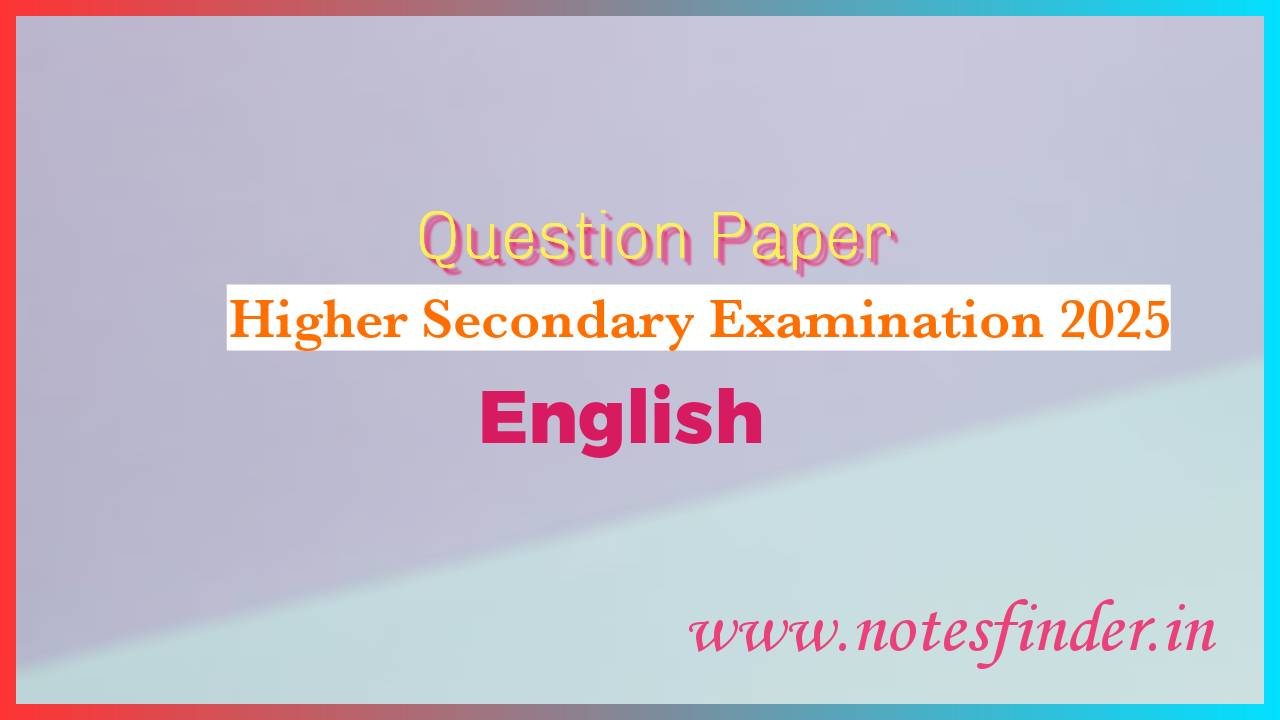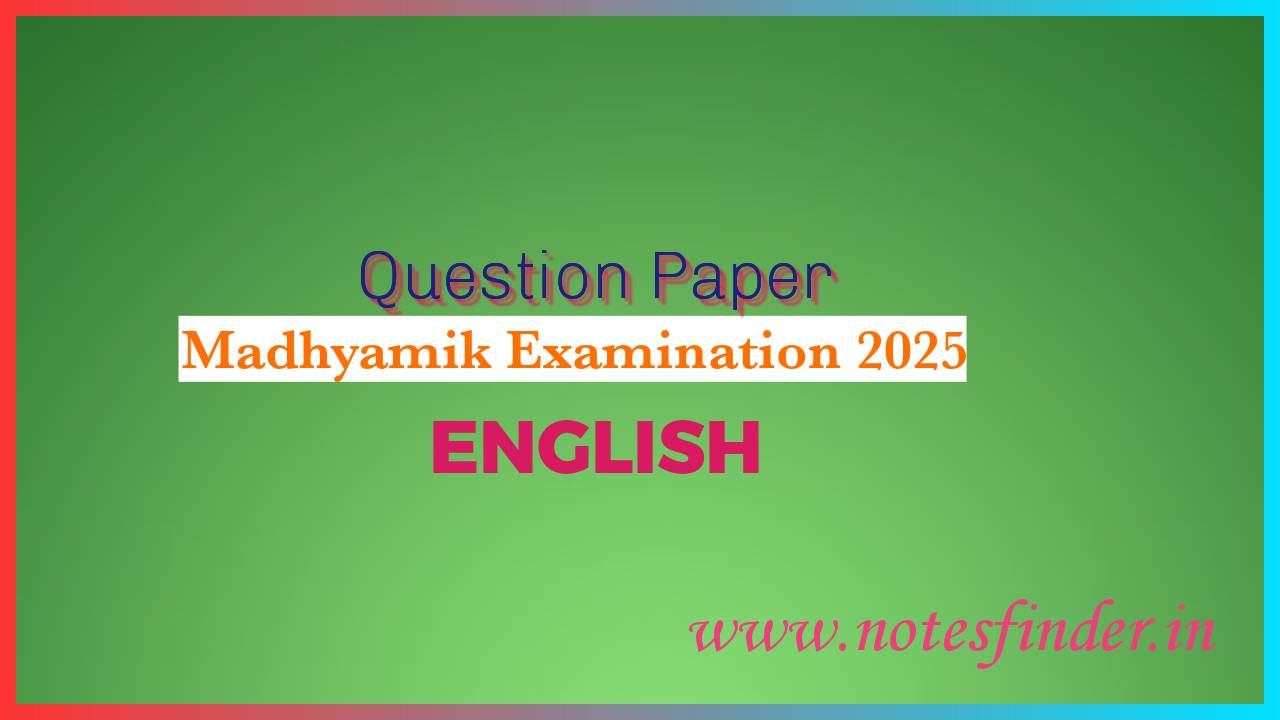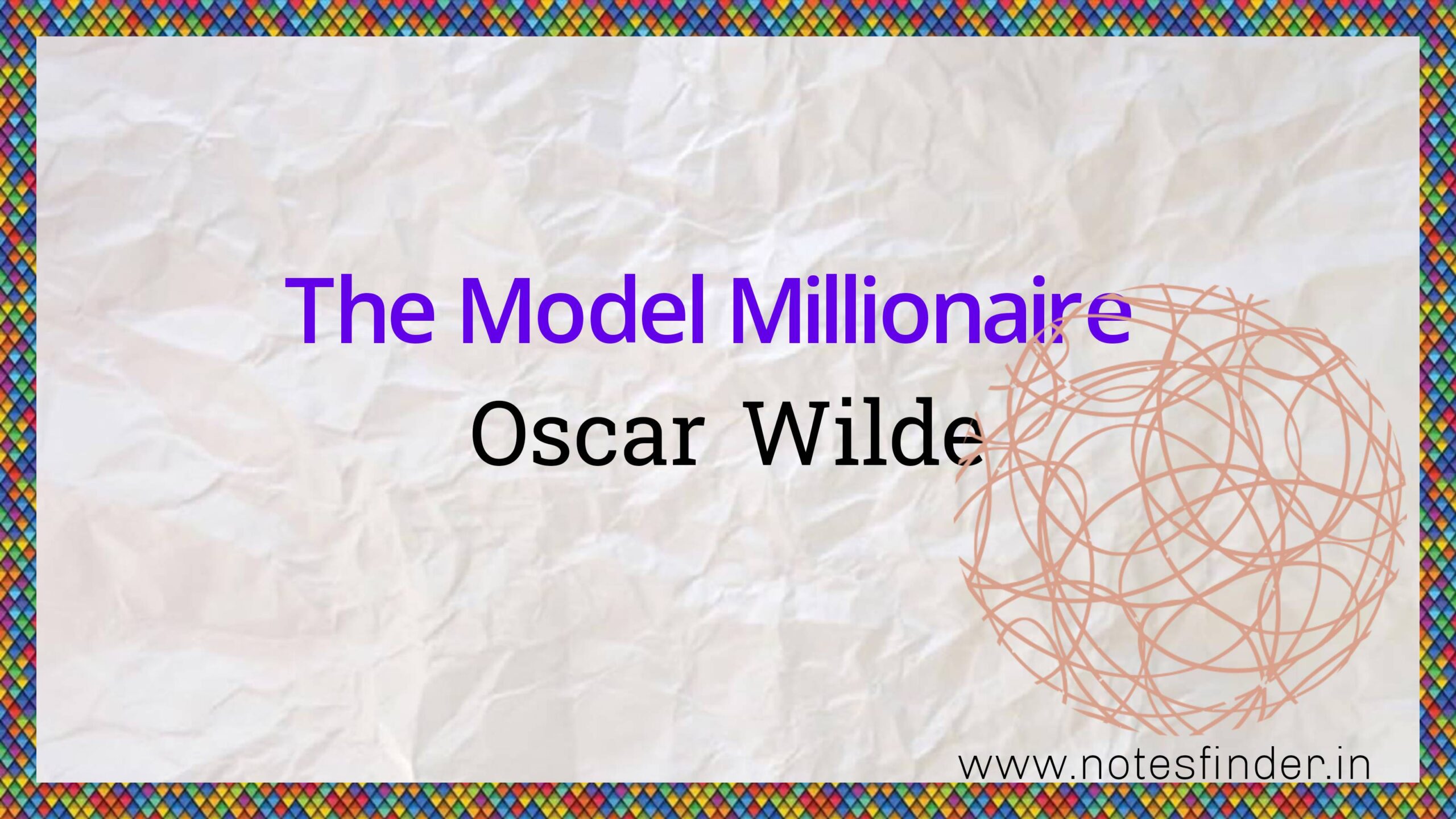1. What is the colour of the sea in the poem “Meeting at Night”?
Answer: The colour of the sea is grey in the poem “Meeting at Night”.
2. What does the phrase ‘grey sea’ suggest in the poem ‘Meeting at Night’?
Answer: In the poem Meeting at Night, ‘the grey sea’ suggests that it is the time after the sunset.
3. How was the land that the lover saw from the sea in the poem ‘Meeting at Night’? Or How does the poet describe the land?
Answer: The land was long and black in the poem Meeting at Night.
4. How does the poet describe the sea and land in “Meeting at Night”?
Answer: The poet describes the sea as grey and the land as long and black in the poem Meeting at Night.
5. How does Browning describe the moon in the poem?
Answer: In the poem ‘Meeting at Night’, Browning describes the yellow half-moon as large and low.
6. How long is the sea-scented beach?
Answer: The sea-scented beach is one mile long.
7. Why does the lover tap at the pane?
Answer: The lover taps at the pane to announce his arrival to his beloved.
8. Where does the boat slow down?
Answer: The boat slows down as it reaches the cove and touches the slushy sand.
9. What did the lover see in the sky?
Answer: The lover saw a yellow half-moon in the sky.
10. How were the little waves described in the poem ‘Meeting at Night’?
Answer: The little waves were described as ‘startled’ in the poem ‘Meeting at Night’.
11. How do the little waves leap from their sleep?
Answer: The little waves leap in fiery ringlets from their sleep.
12. What does the speaker do immediately after he reaches the farmhouse in the poem ‘Meeting At Night’?
Answer: The speaker gives a single tap to the window pane immediately after he reaches the farmhouse.
13. Where does the speaker tap in the poem “Meeting at Night”?
Answer: The speaker taps the window pane in the poem “Meeting at Night”.
14. Whose voice responds to the tap at the pane?
Answer: The voice of the lady love responds to the tape of the pane.
15. What do the ‘fiery ringlets’ suggest?
Answer: The fiery ringlets suggests the speaker’s burning passion.
16. What is the destination of the lover in the poem ‘Meeting at Night’? Or Where does his lady love live?
Answer: The destination of the lover in the poem, ‘Meeting at Night’ is a farmhouse.
17. “And the voice less loud.” – Why is the voice of the lady love less loud?
Answer: The voice of the lady love is less loud because they are meeting secretly and do not want to be caught.
18. How did the speaker gain the cove?
Answer: The speaker gained the cove by pushing the prow.
19. What does the phrase ‘quench its speed’ mean?
Answer: The phrase ‘quench its speed’ means to slow down the speed of the boat.
20. “And quench its speed i’ the slushy sand”. – What do you mean by the phrase ‘slushy sand’?
Answer: The Phrase ‘slushy sand’ means soft sand with full of mud.
21. How is the beach described in the poem ‘Meeting At Night’?
Answer: The beach is warm and sea-scented.
22. How many fields will the speaker have to cross before a farm appears?
Answer: The speaker will have to cross three fields before a farm appears.
23. “The voice less loud” – Whose voice is referred to here?
Answer: The voice of the lady love is referred to as “the voice less loud.”
24. What is the meaning of the phrase ‘quench its speed’ in the poem “Meeting at Night”?
Answer: The phrase ‘quench its speed’ means to slow down the boat’s speed.
25. What does ‘slushy sand’ signify in the poem “Meeting at Night”?
Answer: The phrase ‘slushy sand’ refers to soft sand mixed with mud at the shore where the lover slows down his boat.
26. How does the lover announce his arrival to his beloved in the poem “Meeting at Night”?
Answer: The lover taps on and scratches the window pane to announce his arrival.
27. Why does the lover meet his beloved at night in the poem “Meeting at Night”?
Answer: The lover meets his beloved at night to maintain the secrecy of their love affair.
28. How does the lover’s sweetheart respond to him in the poem “Meeting at Night”?
Answer: The lover’s sweetheart responds to him with silence and lighting a matchstick. She expresses her emotions in a hushed and almost inaudible voice.
29. How does the lover describe the land in the poem “Meeting at Night”?
Answer: The lover describes the land as ‘long and black’ in the darkness of the night.
30. Where does the lover’s boat stop in the poem “Meeting at Night”?
Answer: The lover’s boat stops in the slushy sand.
31. What is the significance of the ‘blue spurt of a lighted match’ in the poem “Meeting at Night”?
Answer: The ‘blue spurt of a lighted match’ signifies the moment of the secret meeting between the lover and his beloved.
32. What type of poem is “Meeting at Night”?
Answer: “Meeting at Night” is a dramatic romance written by Robert Browning.
33. How does the speaker undertake the journey in the poem “Meeting at Night”?
Answer: The speaker undertakes the journey by boat.
34. What does ‘spurt’ mean in the poem “Meeting at Night”?
Answer: The word ‘spurt’ means a sudden gushing out in the poem “Meeting at Night”.
35. What does the expression ‘The two hearts beating each to each’ suggest?
Answer: The expression ‘The two hearts beating each to each’ suggests the deep passion of the lovers as they approach each other.
36. How does the speaker describe the land in the poem “Meeting at Night”?
Answer: The speaker describes the land as ‘long and black’ in the darkness of the night.
37. Where does the lover’s boat stop in the poem “Meeting at Night”?
Answer: The lover’s boat stops in the slushy sand.
38. What does the lover do to announce his arrival?
Answer: The lover taps and scratches the window pane to announce his arrival.
39. What makes the sea grey in the poem “Meeting at Night”?
Answer: The dark night and the nocturnal mist make the sea grey.
40. How is the land described in the poem “Meeting at Night”?
Answer: The land is described as ‘long and black’ in the poem “Meeting at Night”.
41. What is the destination of the lover in the poem ‘Meeting at Night’?
Answer: The destination of the lover in the poem, ‘Meeting at Night’ is a farmhouse.
42. Where does his lady love live?
Answer: The lover- poet’s ladylove lives in a farmhouse.
43. “And the voice less loud.” – Why is the voice of lady love less loud?
Answer: The voice of lady love is ‘less loud’ because they are meeting secretly at night and do not want to be caught.
44. “As I gain the cove with pushing prow” – What do you mean by the word ‘cove’?
Answer: The word ‘cove’ means narrow cave.
43. “As I gain the cove with pushing prow” – What do you mean by the word ‘prow’?
Answer: The word ‘prow’ means the pointed front part of a boat.
44. “And quench its speed i’ the slushy sand”. – What do you mean by the phrase ‘slushy sand’?
Answer: The phrase ‘slushy sand’ means soft sand with full of mud.
45. What does the lover do to announce his arrival?
Answer: The lover taps at the window pane to announce his arrival.
46. What makes the sea grey in the poem “Meeting at Night”?
Answer: The low light of the moon makes the sea grey.
47. What journey does the lover undertake to meet his beloved?
Answer: The lover undertakes a sea- voyage to meet his beloved.
48. “As I gain the cove with pushing prow.” – Who is ‘I’ referred to here?
Answer: Here ‘I’ refers to the lover in Browning’s poem “Meeting at Night”.
49. What does ‘night’ suggest in the title “Meeting at Night”?
Ans: The word ‘night” in the title “Meeting at Night” suggests the secrecy of the meeting.
50. Give an example of sensuous image from the poem “Meeting at Night”.
Answer: ‘The blue spurt of a lighted match’ is an example of a sensuous image.
51. Give an example of a visual image.
Answer: “The grey sea” is an example of visual image.
Read More Leela's Friend - RK Narayan Multiple Choice Questions (MCQ) from Leela's Friend Short Answer Questions (SAQ) from Leela's Friend Long Answer Questions (LAQ) from Leela's Friend Karma - Khushwant Singh Multiple Choice Questions (MCQ) from Karma Short Answer Questions (SAQ) from Karma Long Answer Questions (LAQ) from Karma Jimmy Valentine - O. Henry Multiple Choice Questions (MCQ) from Jimmy Valentine Short Answer Questions (SAQ) from Jimmy Valentine Long Answer Questions (LAQ) from Jimmy Valentine Nobel Lecture - Mother Teresa Multiple Choice Questions (MCQ) from Nobel Lecture Short Answer Questions (SAQ) from Nobel Lecture Long Answer Questions (LAQ) from Nobel Lecture The Place of Art in Education - Nandalal Bose Multiple Choice Questions (MCQ) from The Place of Art in Education Short Answer Questions (SAQ) from The Place of Art in Education Long Answer Questions (LAQ) from The Place of Art in Education Composed Upon Westminster Bridge - William Wordsworth Multiple Choice Questions (MCQ) from Composed Upon Westminster Bridge Short Answer Questions (SAQ) from Composed Upon Westminster Bridge Long Answer Questions (LAQ) from Composed Upon Westminster Bridge Meeting at Night - Robert Browning Multiple Choice Questions (MCQ) from Meeting at Night Short Answer Questions (SAQ) from Meeting at Night Long Answer Questions (LAQ) from Meeting at Night The Sick Rose - William Blake Multiple Choice Questions (MCQ) from The Sick Rose Short Answer Questions (SAQ) from The Sick Rose Long Answer Questions (LAQ) from The Sick Rose Brotherhood - Octavio Paz Multiple Choice Questions (MCQ) from Brotherhood Short Answer Questions (SAQ) from Brotherhood Long Answer Questions (LAQ) from Brotherhood Daybreak - Henry Wadsworth Longfellow Multiple Choice Questions (MCQ) from Daybreak Short Answer Questions (SAQ) from Daybreak Long Answer Questions (LAQ) from Daybreak
Class XI English (Mindscapes)Textual Grammar
- Leela’s Friend – RK Narayan
- Voice Change from Leela’s Friend
- Narration Change from Leela’s Friend
- English Grammar (Do as Directed) from Leela’s Friend
- Karma – Khushwant Singh
- Voice Change from Karma
- Narration Change from Karma
- Transformation of Sentences(1) from Karma
- Transformation of Sentences (2) from Karma
- Jimmy Valentine – O. Henry
- Voice Change from Jimmy Valentine
- Narration Change from Jimmy Valentine
- Nobel Lecture – Mother Teresa
- Voice Change from Nobel Lecture
- Narration Change from Nobel Lecture
- Transformation of Sentences from Nobel Lecture
- The Place of Art in Education – Nandalal Bose
- Voice Change from The Place of Art in Education
- Transformation of Sentences from The Place of Art in Education
- Composed Upon Westminster Bridge – William Wordsworth
- Textual Grammar from Composed Upon Westminster Bridge
- Meeting at Night – Robert Browning
- Textual Grammar from Meeting at Night
- The Sick Rose – William Blake
- Textual Grammar from The Sick Rose
- Brotherhood – Octavio Paz
- Textual Grammar from Brotherhood
- Daybreak – Henry Wadsworth Longfellow
- Textual Grammar from Daybreak



